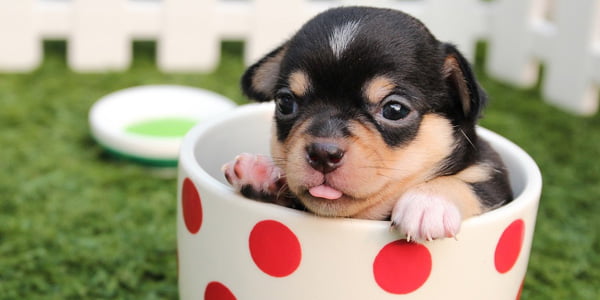Canine parvovirus is a highly contagious and potentially fatal disease that affects dogs, especially puppies. It causes severe vomiting, diarrhea, dehydration, and damage to the intestinal lining and bone marrow. It can also affect the heart and nervous system in some cases. The virus is spread through direct contact with infected dogs or their feces, saliva, or vomit. It can also survive in the environment for a long time and contaminate objects, surfaces, and soil.
The cure rate for canine parvovirus depends on several factors, such as the age, health, and immune status of the dog, the strain of the virus, the time of diagnosis and treatment, and the quality of care. Generally, the survival rate of dogs treated by a veterinarian is 68 to 92 percent¹, and most puppies that survive the first three to four days make a complete recovery². Recovery times vary depending on the severity of the case, but it usually takes approximately one week for puppies to recover from parvo².
Treatment for canine parvovirus involves supportive care, such as fluids, electrolytes, antibiotics, anti-nausea medications, and pain relievers. There is no specific antiviral drug that can kill the virus, so the goal of treatment is to prevent dehydration, infection, and shock, and to help the dog’s immune system fight off the virus. Blood transfusions may be needed in case of severe anemia³. Treatment can be expensive and intensive, and it requires isolation and strict hygiene measures to prevent the spread of the virus.
The best way to prevent canine parvovirus is to vaccinate puppies and adult dogs according to the recommended schedule. Puppies should receive their first vaccine at six to eight weeks of age, followed by two or three more boosters until they are 16 to 20 weeks old². Adult dogs should receive a booster every three years or have a titer test to check their immunity level¹. Vaccination is not 100 percent effective, but it can reduce the risk and severity of the disease. Other preventive measures include avoiding contact with infected dogs or their environment, cleaning and disinfecting contaminated areas and objects, and washing hands and clothes after handling dogs.
Here are my products,
https://www.ringbio.com/solutions/pet/canine-parvovirus-antigen-test-card
https://www.ringbio.com/products/pet/canine-parvovirus-igg-antibody-elisa-kit
Source:
(1) Diagnosis of Parvovirus infection and what are its different treatment options?. https://www.msn.com/en-us/health/condition/Parvovirus-infection/hp-Parvovirus-infection?source=conditioncdx.
(2) Survival Rate – Canine Parvovirus – Treated VS. Untreated (Diagram). https://canineparvovirus.org/survival-rate/.
(3) Parvo in Dogs and Puppies: Causes and Treatment for Canine Parvovirus …. https://www.petmd.com/dog/conditions/infectious-parasitic/c_dg_canine_parvovirus_infection.
(4) What Every Puppy Owner Needs to Know About Parvo in Puppies. https://www.akc.org/expert-advice/health/what-every-puppy-owner-needs-to-know-about-parvo-in-puppies/.
(5) undefined. https://canineparvovirus.org/wp-content/uploads/2019/03/Parvo-Survival-Rate-1.png.
(6) en.wikipedia.org. https://en.wikipedia.org/wiki/Canine_parvovirus.

